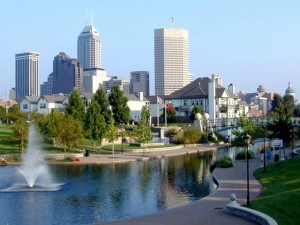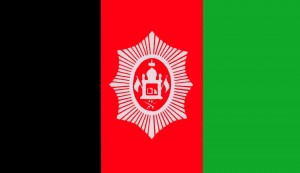 Afghanistan Population 2013
Afghanistan Population 2013
The current population of the Islamic Republic of Afghanistan is estimated to be about 31.11 million people, which is an increase of about 4.4% from the last census taken. This population has been consistently slightly larger than the population of the Kingdom of Saudi Arabia, but smaller than the Iraqi population. Based on the total land area and the total population of Afghanistan, the population density of the country is estimated to be about 111.8 people per square mile.
Afghanistan Population Projections
Based on the current very high birth rates and declining death rates in the Islamic Republic of Afghanistan, the population is expected to skyrocket to 34.39 million people by the year 2015, which is an approximate increase of about 10.5% from the current population. Then, by 2020, the population should reach about 39.36 million people, which gives an increase of about 26.5%. Continuing this sharp increase of population, by 2025, the population will top 40 million as it reaches approximately 44.76 million people. This would prove to be a growth increase of about 43.9% from the current population. Then, by 2030, the population will top 50 million as it reaches 50.58 million people, an increase of about 62.6% from the current population. Then, in 2035, the population will hit 56.59 million people, which is an increase of about 81.2% from the current population. Lastly, by 2040, the population is expected to double to about 62.69 million people, an increase of about 101.5%.
Afghanistan Demographics
About 42% of the population in the Islamic Republic of Afghanistan is part of the Pashtun ethnic group. This group is also known as ethnic Afghans, representing an Iranian ethnic group that lives in Afghanistan and Pakistan. The next largest ethnic group in the country is the Tajik ethnic group at about 27% of the country. This group is a group of Persian-speaking people with an origin of Iran. The rest of the ethnic groups consist of less than 10% of the population for each group. Some of these groups include Hazara, Uzbek, Aimak, Turkmen, and Baloch. The most widely spoken language throughout the country is Dari (or Persian). About 50% of the population of Afghanistan speaks Persian. About 35% of the population speaks Pashto. Another 11% of the population of the country speaks Uzbek and Turkmen. The rest of the population (4%) speaks one of approximately 30 minor languages.
Religion in Afghanistan
About 99% of the Afghani population identifies as a member of the Islamic faith. Out of this 99%, 84% identifies as Sunnite Muslims and the other 15% identifies as Shiite Muslims. Most of those that identify as Shiite Muslims are part of the Hazara and Tajik ethnic group. The other 1% of the population is made up of small portions of Jews, Sikhs, Hindus, and Parsis. One of the important people in the religious culture of Muslim Afghanistan is someone called a mullah. Mullahs memorize the Koran in Arabic by memory and help lead local groups of Muslims.
Sports in Afghanistan
The most popular sport throughout the Islamic Republic of Afghanistan is Buzkashi. Buzkashi is considered to be the national sport of the country and involves trying to get control of a headless carcass while on horseback before the other team can get control of the carcass. The next most popular sport in the country is football (American soccer) and then cricket. Cricket received its popularity when refugees in Pakistan picked up the game.
Health Care in Afghanistan
As in the official name of the country, Afghanistan is an Islamic Republic, made up of three branches: executive, legislative, and judicial branch. The Executive Branch is lead by President Hamid Karzai. The President has two Vice Presidents and a Cabinet as well to help aide him. The legislative branch is called the National Assembly or Parliament. This Assembly is made up of the Wolsei Jirga (House of People) and the Meshrano Jirga (House of Elders). The leader of the Wolsei Jirga is Yunis Qanuni and the leader of the Meshrano Jirga is Sibghatullah Mojaddedi. Both leaders of the legislative branch are elected, along with the president. The judicial branch is made up of the Supreme Court, the High Courts, and the Appeal Courts. The Chief Justice of the Supreme Court is Abdul Salam Azimi. Lastly, the Loya Jirga is required by the Constitution for dire situations that call for extra help, like prosecuting the President or amending the Constitution.
Afghanistan’s Displaced Population



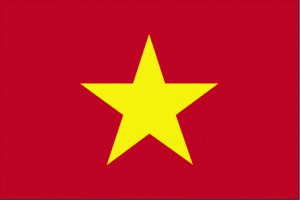 Vietnam Population 2013
Vietnam Population 2013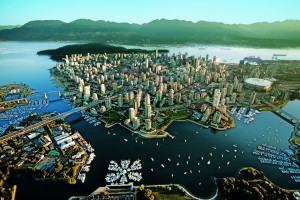 Vancouver Population 2013
Vancouver Population 2013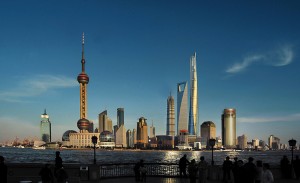 Shanghai Population 2013
Shanghai Population 2013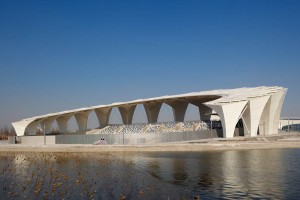 Sports in Shanghai
Sports in Shanghai